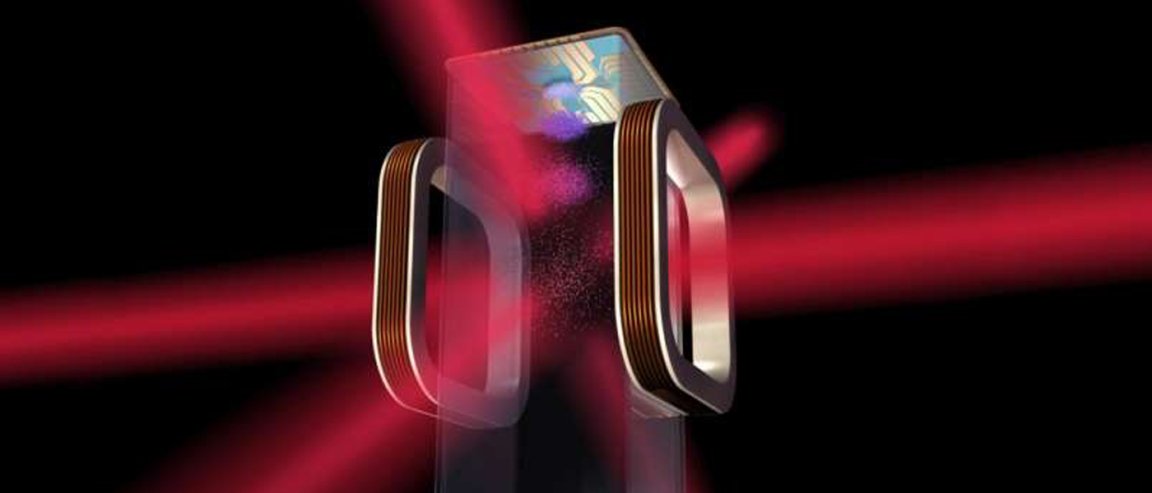
Creating Cold Atom Lab
This summer, a box the size of an ice chest will journey to the International Space Station (ISS). Once there, it will become the coldest spot in the universe—more than 100 million times colder than deep space itself. The instruments inside the box — an electromagnetic “knife,” lasers, and a vacuum chamber — will slow down gas particles until they are almost motionless, bringing them just a billionth of a degree above absolute zero.
This box and its instruments are called the Cold Atom Laboratory (CAL). CAL was developed by the Jet Propulsion Laboratory (JPL), which is funded by NASA. Right now at JPL, CAL is in the final assembly stages, and getting ready for its trip to space which is set for August 2017. CAL will be hitching a ride on SpaceX CRS-12.
Once in space on the ISS, five scientific teams plan will use CAL to conduct experiments. Among them is the team headed by Eric Cornell, one of the scientists who won the Nobel Prize for creating Bose-Einstein condensates in a lab setting in 1995.
Seeing the Other 95%
Atoms that are cooled to extreme temperatures can form a unique state of matter: a Bose-Einstein condensate. This state is important scientifically because in it, the laws of quantum physics take over and we can observe matter behaving more like waves and less like particles. However, these rows of atoms, which move together like waves, can only be observed for fractions of a second on Earth because gravity causes atoms to move towards the ground. CAL achieves new low temperatures for longer observation of these mysterious waveforms.

Although NASA has never observed or created Bose-Einstein condensates in space, ultra-cold atoms can hold their wave-like forms longer while in freefall on the International Space Station. JPL Project Scientist Robert Thompson believes CAL will render Bose-Einstein condensates observable for up to five to 10 seconds. He also believes that improvements to CAL’s technologies could allow for hundreds of seconds of observation time.
“Studying these hyper-cold atoms could reshape our understanding of matter and the fundamental nature of gravity,” said Thompson. “The experiments we’ll do with the Cold Atom Lab will give us insight into gravity and dark energy—some of the most pervasive forces in the universe.”
These experiments could potentially lead to improved technologies, including quantum computers, sensors, and atomic clocks for navigation on spacecraft. CAL deputy project manager Kamal Oudrhiri of JPL cites dark energy detection applications as “especially exciting.” Current physics models indicate that the universe is about 68 percent dark energy, 27 percent dark matter, and 5 percent ordinary matter.
“This means that even with all of our current technologies, we are still blind to 95 percent of the universe,” Oudrhiri said. “Like a new lens in Galileo’s first telescope, the ultra-sensitive cold atoms in the Cold Atom Lab have the potential to unlock many mysteries beyond the frontiers of known physics.”